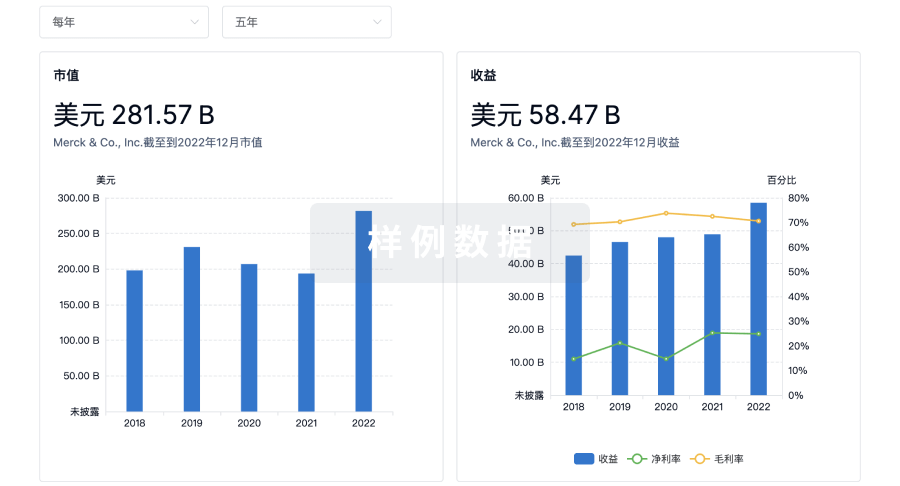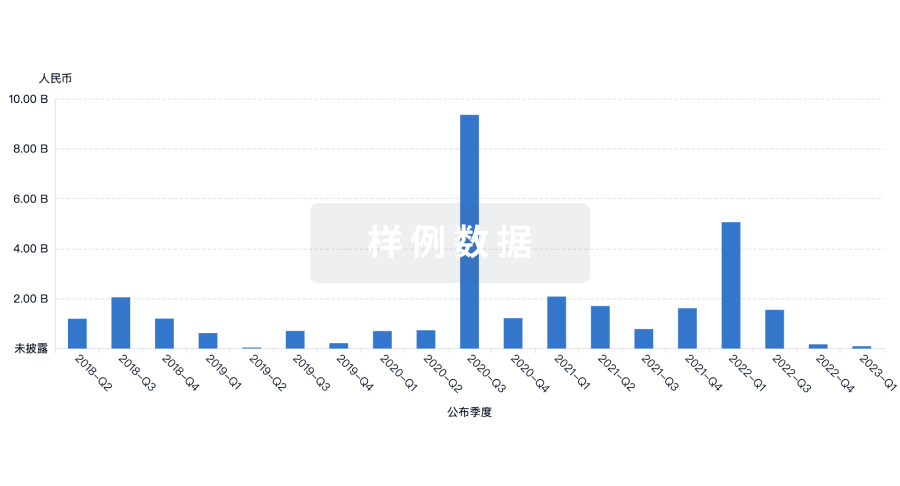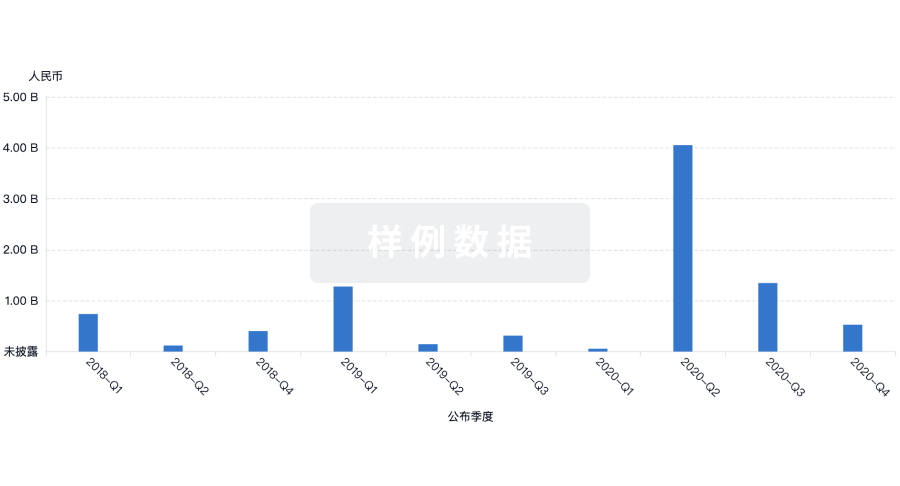预约演示
更新于:2025-09-09

University Hospitals Coventry & Warwickshire NHS Trust
更新于:2025-09-09
概览
关联
109
项与 University Hospitals Coventry & Warwickshire NHS Trust 相关的临床试验NCT07136922
First in Human Safety and Ease of Use Assessment of 400mg Progesterone Callavid in Women With Luteal Phase Insufficiency
The aim of this clinical trial is to assess safety of a new vaginal 400mg progesterone drug-device combination product in a first in human trial. Additionally, it aims to assess user acceptability and ability to deliver progesterone. This Phase I trial is a randomised open-label first-in-human crossover trial, recruiting participants who are non-pregnant with luteal phase insufficiency. The main questions it aims to answer are:
1. What are the safety and tolerability profiles of the two progesterone formulations (400mg Progesterone Callavid vs. Cyclogest 400 mg), including the incidence of adverse events (if any) such as allergic reactions, gastrointestinal symptoms (e.g. bloating, constipation), and neurological effects (e.g. headache, drowsiness, euphoria)?
2. What is usability experience for patients using the Callavid drug-device combination compared to pessaries (i.e. Cyclogest 400 mg)?
3. How do serum progesterone levels vary within participants when using 400 mg progesterone delivered via the Callavid drug-device combination compared to Cyclogest 400 mg, and what are the implications of this variability for dose-response relationships and future trial design?
1. What are the safety and tolerability profiles of the two progesterone formulations (400mg Progesterone Callavid vs. Cyclogest 400 mg), including the incidence of adverse events (if any) such as allergic reactions, gastrointestinal symptoms (e.g. bloating, constipation), and neurological effects (e.g. headache, drowsiness, euphoria)?
2. What is usability experience for patients using the Callavid drug-device combination compared to pessaries (i.e. Cyclogest 400 mg)?
3. How do serum progesterone levels vary within participants when using 400 mg progesterone delivered via the Callavid drug-device combination compared to Cyclogest 400 mg, and what are the implications of this variability for dose-response relationships and future trial design?
开始日期2025-12-01 |
申办/合作机构 |
NCT06937983
Optimised Decrement Evoked Potential (DeEP) Mapping to Guide Ventricular Tachycardia (VT) Ablation in Patients With Structural Heart Disease VT
Ventricular tachycardia (VT) is a life-threatening heart rhythm disorder. Special pacemakers called implantable cardiac defibrillators (ICDs) help treat VT episodes, however they do not prevent the VT episodes from occurring. Catheter ablation for VT is a minimally-invasive and established procedure for preventing VT recurrence. This involves placing wires in the heart to find the diseased areas that are responsible for the VT episodes. The diseased areas are shown on computer-generated maps and are later removed via controlled tissue heating (ablation). A major challenge during the VT ablation procedure is locating the diseased area responsible for the VT episodes. Several methods have been described to locate the diseased heart area, however these methods are not always effective.
In this study, we aim to improve the identification of the diseased heart areas responsible for the VT episodes using a novel method. Our research group have developed, tested and peer-reviewed this improved method of locating diseased areas by looking for signals called decrementing evoked potentials (DeEPs). Ablation will target DeEPs shown on the computer-generated maps. We will assess if VT can be triggered at the end of the procedure. Patients will be monitored over 12 months to see if ablation of DeEPs leads to a reduction in VT episodes. We aim to recruit 77 patients with established heart disease of any cause, who have suffered VT episodes with ICDs. Suitable patients will be identified and recruited from inpatient and outpatient settings. A quality-of-life questionnaire will be completed by patients before and after the ablation procedure. The procedure will be performed as routine standard of care, in the cardiac catheter laboratory across multiple recruiting cardiac centres in the UK providing well established VT ablation service.
Overall, this study will contribute towards developing refined VT ablation techniques, aiming to improve patient outcomes.
In this study, we aim to improve the identification of the diseased heart areas responsible for the VT episodes using a novel method. Our research group have developed, tested and peer-reviewed this improved method of locating diseased areas by looking for signals called decrementing evoked potentials (DeEPs). Ablation will target DeEPs shown on the computer-generated maps. We will assess if VT can be triggered at the end of the procedure. Patients will be monitored over 12 months to see if ablation of DeEPs leads to a reduction in VT episodes. We aim to recruit 77 patients with established heart disease of any cause, who have suffered VT episodes with ICDs. Suitable patients will be identified and recruited from inpatient and outpatient settings. A quality-of-life questionnaire will be completed by patients before and after the ablation procedure. The procedure will be performed as routine standard of care, in the cardiac catheter laboratory across multiple recruiting cardiac centres in the UK providing well established VT ablation service.
Overall, this study will contribute towards developing refined VT ablation techniques, aiming to improve patient outcomes.
开始日期2025-04-11 |
NCT06483308
Shortened High-dose Palliative Radiotherapy for Lung Cancer (SHiP-Rt) Study
The SHiP-Rt Study aims to investigate the safety and efficacy of reducing the number of RT fractions and RT duration, compared to the current standard of care (36Gy in 12 fractions over 16 days), by using shortened hypofractionated accelerated palliative radiotherapy (30Gy in 6 alternate-day fractions), aided by contemporary RT planning, verification, and delivery techniques.
开始日期2024-11-27 |
100 项与 University Hospitals Coventry & Warwickshire NHS Trust 相关的临床结果
登录后查看更多信息
0 项与 University Hospitals Coventry & Warwickshire NHS Trust 相关的专利(医药)
登录后查看更多信息
1,671
项与 University Hospitals Coventry & Warwickshire NHS Trust 相关的文献(医药)2025-12-31·SCANDINAVIAN CARDIOVASCULAR JOURNAL
The effect of COVID-19 on cardiovascular function and exercise tolerance in healthy middle-age and older individuals
Article
作者: Okwose, Nduka C. ; Jakovljevic, Djordje G. ; Banerjee, Prithwish ; Roden, Laura C. ; Lee, Ben J. ; McGregor, Gordon ; Rahman, Mushidur ; Russell, Sophie L. ; Sandhu, Hardip ; Raleigh, Stuart M.
AIMS:
Coronavirus disease (COVID-19) can affect cardiovascular function in health and disease. The present study assessed the effect of prior COVID-19 infection on cardiovascular phenotype at rest and in response to exercise in middle age and older individuals.
METHODS:
This case-control, single-centre study recruited 124 participants: 84 with a history of COVID-19 (59.9 ± 7.41 years, 54.8% female) and 40 participants without history of COVID-19 infection (62.8 ± 7.14 years, 62.5% female). All participants underwent non-invasive assessment of arterial function using pulse wave velocity (PWV), augmentation index (Alx) and hemodynamic function (i.e. cardiac index (CI), stroke volume index (SVI), heart rate (HR), mean arterial blood pressure (MAP)) at rest. Cardiopulmonary exercise stress testing with simultaneous gas exchange and hemodynamic (bioreactance) measurements was also performed.
RESULTS:
There were no differences between COVID-19 and non-COVID-19 groups in PWV (COVID-19: 7.52 ± 1.66 m/s, non-COVID-19: 7.32 ± 1.79 m/s, p = 0.440); Alx (COVID-19: 29.2 ± 9.12%, non-COVID-19: 29.2 ± 8.44%, p = 0.980); CI (COVID-19: 2.85 ± 0.39 L/min/m2, non-COVID-19: 2.79 ± 0.37 L/min/m2, p = 0.407); SVI (COVID-19: 46.5 ± 7.54 mL/m2, non-COVID-19: 47.0 ± 7.59 mL/m2, p = 0.776), HR (COVID-19: 62.3 ± 10.6 beats/min, Non-COVID-19: 60.2 ± 8.52 beats/min, p = 0.263), or MAP (COVID-19: 98.1 ± 11.2 mmHg, non-COVID-19: 96.6 ± 9.46 mmHg, p = 0.464). COVID-19 participants however demonstrated lower O2 consumption at anaerobic threshold (15.5 ± 4.25 vs 16.8 ± 4.51 mL/kg/m2, p = 0.034), peak cardiac index (10.4 ± 2.3 vs 11.3 ± 2.5 L/min/m2, p = 0.040) and peak stroke volume index (82.1 ± 25.3 vs 98.6 ± 37.6 mL/m2, p = 0.028).
CONCLUSION:
Healthy middle-age and older individuals with history COVID-19 infection demonstrate reduced exercise tolerance and cardiac function response to exercise.
2025-10-01·CLINICAL BIOMECHANICS
Obstacle crossing behaviour in transfemoral prosthesis users: The effect of prosthetic componentry
Article
作者: Bisele, M ; Barnett, C T ; Hafesji-Wade, A E ; Hughes, L D ; Levick, J L
BACKGROUND:
Functionally advanced prosthetic ankle-foot and knee components have separately been shown to positively affect obstacle crossing in individuals with a transfemoral amputation. It is unknown, however, what effect combining functionally advanced components has on transfemoral prosthesis users' obstacle-crossing strategies. The study aimed to assess how different knee and ankle-foot prosthetic components influence obstacle-crossing strategies in unilateral transfemoral prosthesis users.
METHODS:
Individuals with a unilateral transfemoral amputation (n = 9) crossed an obstacle (30 cm × 10 cm × 8 cm) placed along an 8.3 m walkway. This was completed in four different prosthetic conditions: a combination of two different knee components (microprocessor and non-microprocessor) with one of two ankle-foot components (rigidly or hydraulically articulating ankles). Full-body kinematics were recorded as participants crossed the obstacles.
FINDINGS:
Obstacle-crossing strategies were not influenced by the prosthetic component combination. Although small changes were observed in kinematics (joint angles and centre of mass movement) and outcomes such as toe clearance and foot placement, these differences were not statistically significant.
INTERPRETATION:
When using different combinations of prosthetic ankle-foot and knee components, lower limb transfemoral prosthesis users make very small changes to movements during obstacle crossing. Obstacle-crossing strategies and outcomes are also not highly influenced by manipulating component use, suggesting relatively high neuromotor flexibility in established unilateral transfemoral prosthesis users when crossing a small obstacle.
2025-10-01·CANCER LETTERS
An old spice with new tricks: Curcumin targets adenoma and colorectal cancer stem-like cells associated with poor survival outcomes
Article
作者: Singh, Baljit ; Palacios-Gallego, Raquel ; Moore, David ; Cai, Hong ; Nateri, Abdolrahman S ; Gescher, Andreas ; Parrott, Emma ; Tufarelli, Cristina ; Sidat, Zahirah ; Britton, Robert G ; Karmokar, Ankur ; Norwood, Michael ; West, Kevin ; Bayliss, Richard ; Khan, Sam ; Higgins, Jennifer ; Hemingway, David ; Boyle, Kirsten ; Burgess, Selena G ; McGregor, Angus ; Sylvius, Nicolas ; Rufini, Alessandro ; Miller, Andrew ; Winter, Anja ; Richards, Mark W ; Aslam, Muhammad I ; Ho, Carmen ; Howells, Lynne ; Foreman, Nalini ; Vermeulen, Louis ; Hoorn, Sanne T ; Thomas, Anne L ; Steward, William P ; Brown, Karen
The cost of cancer care globally is unsustainable and strategies to reduce the mounting burden of cancer are urgently needed. One approach is the use of preventive therapies to reduce cancer risk; dietary-derived compounds with good safety profiles represent a promising source of potential candidates but translating encouraging preclinical data to successful trials presents significant challenges. Development of curcumin, from the spice turmeric, as a preventive therapy for colorectal cancer (CRC) is hindered by poor understanding of its mechanism of action. Using patient derived xenografts and ex-vivo 3D-models exposed to clinically achievable curcumin concentrations, we found that it targets proliferating cancer stem-like cells (CSCs) within premalignant adenoma and early-stage cancer tissues, with broad spectrum activity across all molecular subtypes. Transcriptomics analysis revealed that curcumin pushes CSCs towards differentiation over self-renewal, thereby inhibiting tumour development. Evidence suggests these effects involve direct protein binding of curcumin to NANOG, a master regulator of CRC CSCs, and impairment of its transcriptional activity via direct interference with NANOG-DNA binding. Furthermore, curcumin decreased the proportion of proliferating CSCs, defined by NANOG/Ki67 co-expression in patient derived explants and individuals with tumours containing a small fraction of these cells had greatly improved progression-free survival compared to those in the highest quartile for expression. The use of curcumin to minimise this cellular population may yield significant benefit and its clinical evaluation is warranted. Overall, this study provides crucial mechanistic insight, identifying patient populations likely to benefit from curcumin for prevention of sporadic CRC and theragnostic biomarkers for assessing efficacy.
100 项与 University Hospitals Coventry & Warwickshire NHS Trust 相关的药物交易
登录后查看更多信息
100 项与 University Hospitals Coventry & Warwickshire NHS Trust 相关的转化医学
登录后查看更多信息
组织架构
使用我们的机构树数据加速您的研究。
登录
或

管线布局
2025年11月23日管线快照
无数据报导
登录后保持更新
药物交易
使用我们的药物交易数据加速您的研究。
登录
或

转化医学
使用我们的转化医学数据加速您的研究。
登录
或

营收
使用 Synapse 探索超过 36 万个组织的财务状况。
登录
或

科研基金(NIH)
访问超过 200 万项资助和基金信息,以提升您的研究之旅。
登录
或

投资
深入了解从初创企业到成熟企业的最新公司投资动态。
登录
或

融资
发掘融资趋势以验证和推进您的投资机会。
登录
或

生物医药百科问答
全新生物医药AI Agent 覆盖科研全链路,让突破性发现快人一步
立即开始免费试用!
智慧芽新药情报库是智慧芽专为生命科学人士构建的基于AI的创新药情报平台,助您全方位提升您的研发与决策效率。
立即开始数据试用!
智慧芽新药库数据也通过智慧芽数据服务平台,以API或者数据包形式对外开放,助您更加充分利用智慧芽新药情报信息。
生物序列数据库
生物药研发创新
免费使用
化学结构数据库
小分子化药研发创新
免费使用
